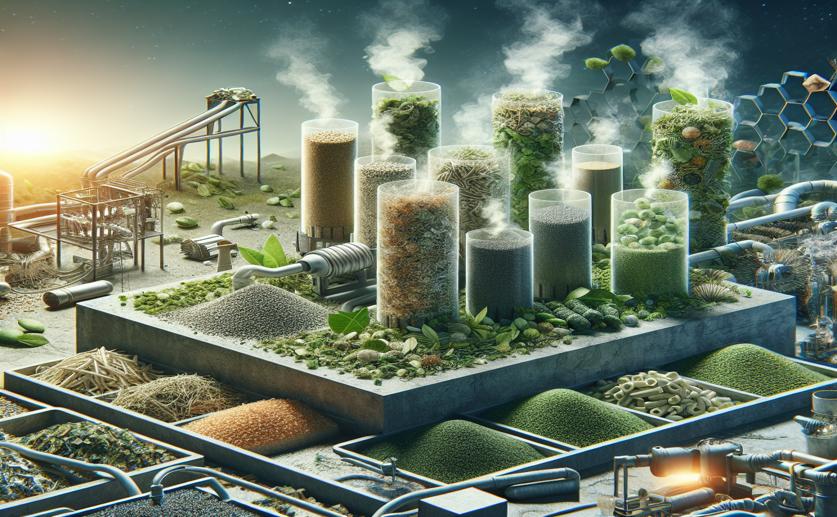
Turning Herbal Waste into Clean Energy and Pollution Filters
Jenn Hoskins
17th February, 2024

Image Source: Natural Science News, 2024
References
Main Study
1) Preparation of biochars by conventional pyrolysis of herbal waste and their potential application for adsorption and energy purposes.
Published 16th February, 2024
https://doi.org/10.1002/cphc.202300507



 18th January, 2024 | Greg Howard
18th January, 2024 | Greg Howard